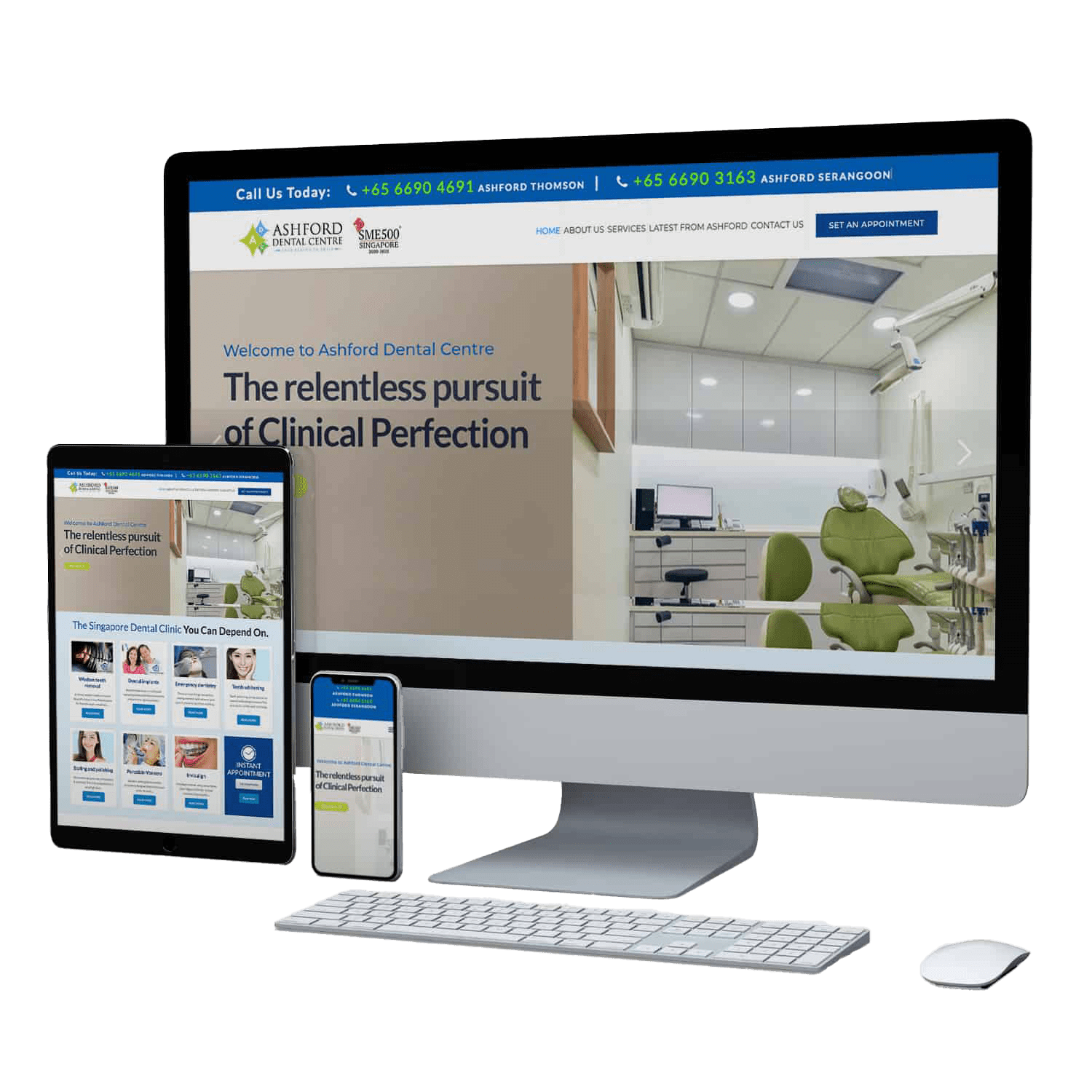Understanding SaaS in Digital Transformation
SaaS Digital Transformation is redefining the way businesses operate by leveraging cloud-based solutions to enhance efficiency and agility. Unlike traditional software, SaaS offers a flexible, subscription-based model that eliminates the need for on-premise infrastructure. Organizations across industries are embracing these solutions to streamline workflows, improve collaboration, and gain a competitive edge. The shift toward cloud computing is driven by the need for scalable, cost-effective, and easily accessible technology. Companies looking to stay ahead must integrate SaaS platforms that align with their long-term business strategies. The adoption of cloud-based services enables businesses to move away from outdated legacy systems and embrace innovation. As the digital landscape continues to evolve, SaaS solutions are becoming a fundamental part of modern business operations.
Key Benefits Driving SaaS Adoption
One of the biggest advantages of SaaS Digital Transformation is cost efficiency. Traditional software often requires significant upfront investments in hardware, licensing, and maintenance, while SaaS platforms operate on a subscription basis, making them more budget-friendly. Additionally, automatic updates ensure that businesses always have access to the latest features and security patches without downtime or manual intervention. Scalability is another crucial benefit, allowing companies to adjust their usage based on demand, ensuring they pay only for what they need. With cloud-based accessibility, employees can collaborate from anywhere, fostering remote work and increasing productivity. SaaS solutions also integrate seamlessly with existing enterprise tools, reducing the complexity of IT management. Businesses leveraging these platforms gain real-time insights, enabling better decision-making and improved customer experiences. With the right SaaS strategy, companies can optimize operations, reduce costs, and drive long-term growth.
Challenges Businesses Face When Implementing SaaS
Despite the advantages, transitioning to a SaaS-based model comes with challenges that businesses must address. Security and data privacy remain major concerns, as sensitive business information is stored on external servers. Organizations must ensure that SaaS providers comply with industry regulations and offer robust security measures to protect their data. Integration with existing systems can be complex, especially for companies with legacy software that lacks cloud compatibility. User adoption is another hurdle, as employees may resist changes in workflow or struggle to adapt to new technology. Vendor lock-in is a risk, as switching providers can be costly and time-consuming once data is deeply embedded within a particular platform. Businesses must carefully evaluate pricing models, as hidden fees for additional features or increased usage can affect long-term budgets. By addressing these challenges with a well-structured strategy, companies can maximize the benefits of SaaS without compromising security, efficiency, or cost-effectiveness.
How SaaS Enhances Business Agility and Innovation
SaaS Digital Transformation enables companies to operate with greater agility, allowing them to respond quickly to changing market conditions. Real-time data access helps businesses make informed decisions based on the latest insights. Automation of repetitive tasks boosts efficiency, freeing up employees to focus on strategic initiatives. With SaaS platforms integrating AI and machine learning capabilities, organizations can optimize operations through predictive analytics and intelligent automation. The flexibility of SaaS also supports rapid product development, enabling businesses to test, launch, and scale new offerings faster than ever. By eliminating the limitations of traditional software, SaaS fosters an environment of continuous improvement and experimentation. Competitive businesses must leverage these solutions to stay ahead of industry disruptions. Those that embrace innovation through SaaS gain a significant edge, positioning themselves for long-term success.
Key Considerations When Choosing a SaaS Solution
Selecting the right SaaS platform requires careful evaluation of several critical factors. Security and compliance should be top priorities, as businesses must ensure that their chosen provider meets industry standards and protects sensitive data. Pricing models vary, so companies must analyze costs beyond initial subscriptions, considering potential add-ons, storage fees, and scalability charges. Compatibility with existing systems is crucial to avoid workflow disruptions and unnecessary complexities. Reliable customer support is essential, as businesses may need ongoing assistance with integration, troubleshooting, and feature enhancements. User experience should also be considered, as an intuitive interface can significantly improve adoption rates and reduce training time. Evaluating vendor reputation and reading user reviews can provide insight into service reliability and performance. Businesses that conduct thorough research before committing to a SaaS solution can ensure a smooth transition and maximize their return on investment.
Future Trends Shaping SaaS Digital Transformation
The evolution of SaaS is driven by emerging trends that continue to reshape the digital landscape. Industry-specific SaaS solutions are gaining traction, offering tailored features that address sector-specific needs. AI-driven automation is becoming more prevalent, allowing businesses to enhance efficiency through intelligent process optimization. Hybrid and multi-cloud strategies are expanding, enabling organizations to balance performance, security, and cost by leveraging multiple cloud environments. The rise of low-code and no-code platforms empowers non-technical users to create custom applications without extensive programming knowledge. Enhanced cybersecurity measures are being integrated into SaaS platforms, addressing concerns related to data protection and regulatory compliance. Companies that stay ahead of these trends will be better positioned to harness the full potential of SaaS Digital Transformation. As technology continues to advance, businesses must remain adaptable and proactive in leveraging new capabilities.
Best Practices for a Successful SaaS Implementation
A well-planned approach is essential for a smooth SaaS adoption process. Businesses should begin by defining clear objectives and aligning SaaS implementation with their overall digital transformation strategy. Employee training is crucial, as staff members must understand how to use the new tools effectively. Organizations should monitor performance metrics to ensure that SaaS solutions are delivering the expected benefits. Regularly optimizing workflows and leveraging analytics can help businesses continuously improve their operations. Strong collaboration between IT teams and business leaders ensures that SaaS adoption aligns with company goals. Security protocols should be regularly updated to address evolving threats and compliance requirements. With a strategic approach, businesses can achieve long-term success and maximize the value of their SaaS investments.
Frequently Asked Questions
What are the first steps in transitioning to a SaaS model?
Businesses should begin by assessing their current technology infrastructure and identifying areas where SaaS can add value. Evaluating different platforms and testing pilot programs can help determine the best fit before full-scale implementation.
How can businesses ensure SaaS security and compliance?
Choosing a provider with strong encryption, multi-factor authentication, and compliance certifications is essential. Businesses should also implement internal security policies, conduct regular audits, and train employees on best practices.
What are common mistakes to avoid in SaaS implementation?
Companies often rush into adoption without considering long-term scalability, security, or integration challenges. Neglecting employee training and failing to evaluate vendor reliability can also lead to inefficiencies.
How does SaaS compare to traditional on-premise solutions?
SaaS eliminates the need for costly hardware, provides automatic updates, and offers greater accessibility. However, it requires strong internet connectivity and dependency on third-party providers for security and uptime.
What industries benefit the most from SaaS adoption?
SaaS is widely adopted in industries such as healthcare, finance, retail, manufacturing, and education. Any business looking for cost-effective, scalable, and cloud-based solutions can benefit from SaaS Digital Transformation.











